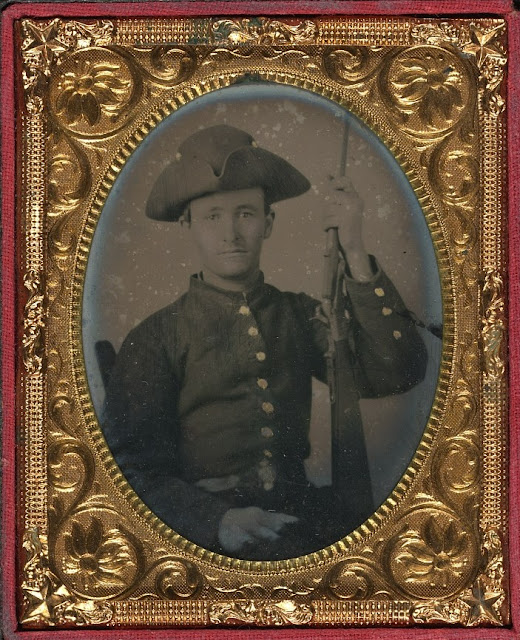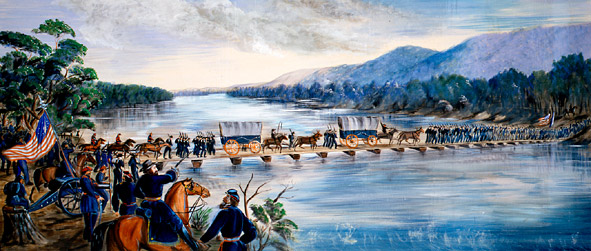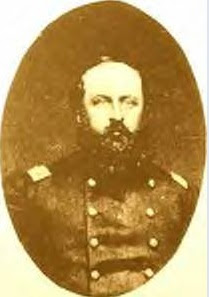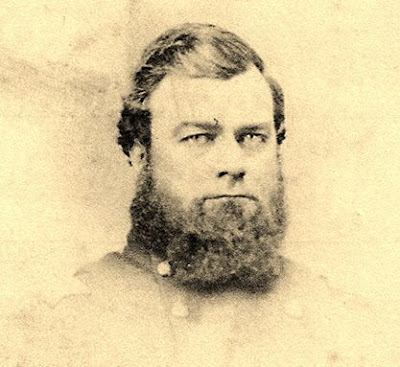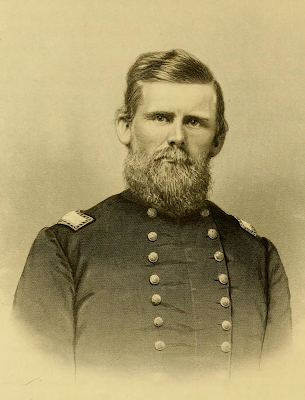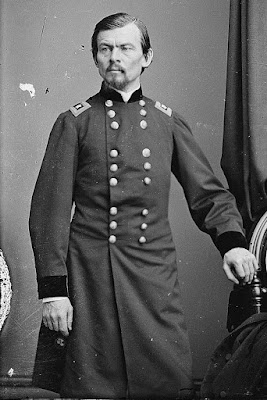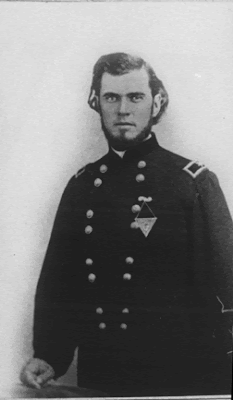Father Trecy and the Battle of Stones River

Father Jeremiah F. Trecy seated at left next to Father Fontaine. The Irish-born Trecy moved to Pennsylvania with his parents in 1836 and was ordained a Catholic priest at age 28 in 1850. His first assignments were in Iowa and Nebraska but by 1860 he had moved to Huntsville, Alabama for health reasons. Tasked with attending to the needs of the scattered Catholics of northern Alabama, he networked and succeeded in raising funds to build a church in Huntsville but the outbreak of war prevented its completion. Father Trecy worked in the hospitals and army camps attending to the sick and wounded before he joined Rosecrans' headquarters in the summer of 1862. Father Jeremiah F. Trecy tried to make himself as inconspicuous on the battlefield as he could. Wearing a light blue Federal overcoat to hide his black vestments, he wore a typical soldier’s hat and high boots as he worked his way through the battlefield at Stones River. Over his shoulders he carried two canteen...

